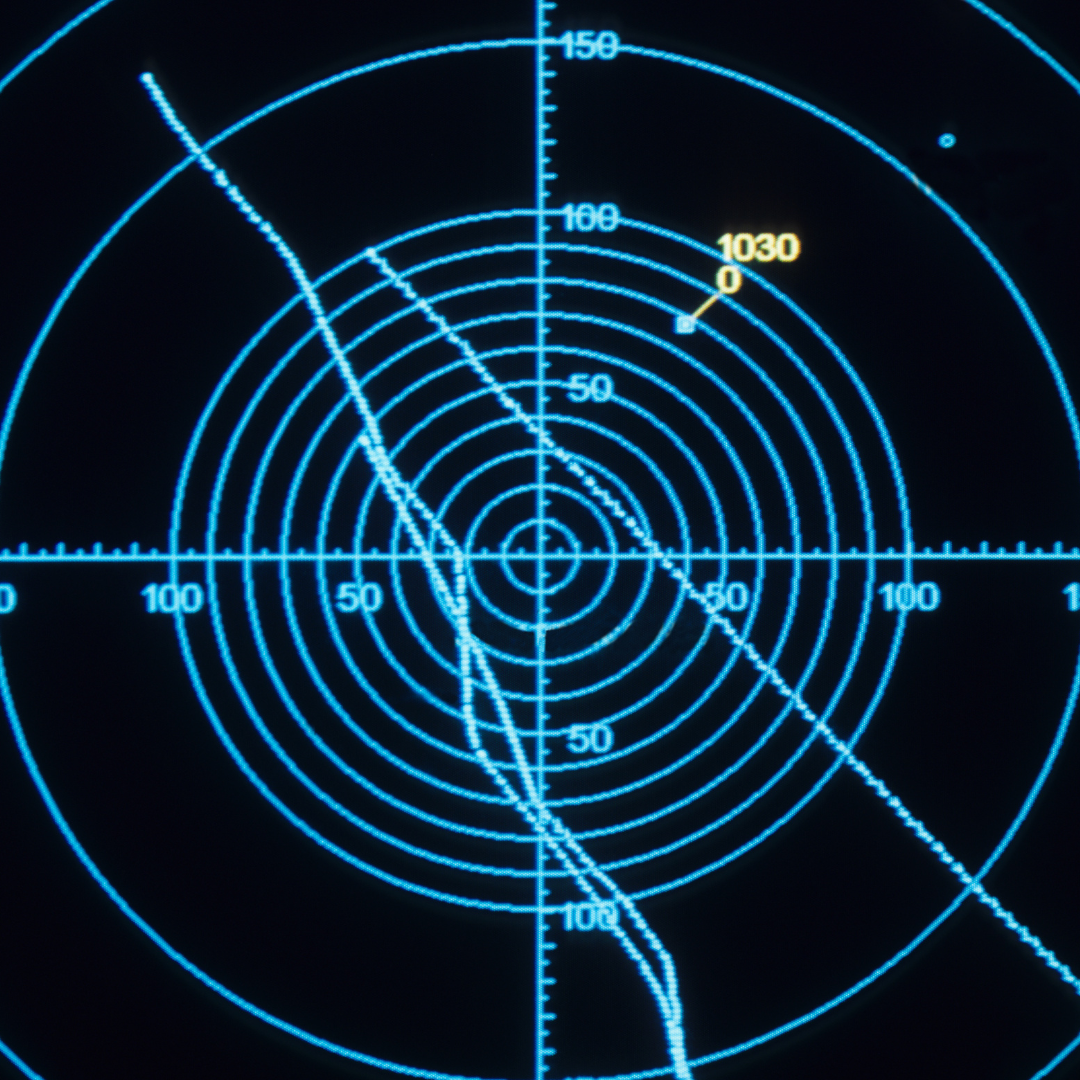Aviation radar
Aviation radar
Aviation Radar Aviation radar is a revolutionary tool that changed the concept of air travel, providing pilots and air traffic controllers with an effective way to track aircraft movement in real time, which helped improve safety and efficiency in aviation.
Aviation Radar, a flight reservation application
It is a system that relies on radio waves to determine the location, altitude, and direction of aircraft movement. Radar emits powerful radio waves, and when these waves bounce off the plane, they are analyzed to determine its precise location.
Types of aviation radars:
Airport Radar: Used by air traffic controllers at airports to track the movement of arriving and departing aircraft.
Air Navigation Radar: Used by pilots to determine their location, course and altitude.
Weather Radar: Used to identify rain, storms, and other weather phenomena that may pose a flight risk.
How does aviation radar work?
Transmitting radio waves: Radar sends powerful radio waves in different directions.
Wave bounce: When radio waves hit an aircraft, they bounce back and return to the radar.
Analysis of returning waves: The radar analyzes the time it took for the waves to return from the aircraft, and calculates the distance to it.
Positioning: Using the data collected, the radar can accurately determine the location of the aircraft.
Benefits of aviation radar:
Improving air safety: Aviation radar helps prevent air collisions by providing accurate information about the location of aircraft.
Increased air traffic efficiency: Air traffic controllers can use aviation radar to organize air traffic more efficiently, resulting in less waiting time and congestion.
Improve the travel experience: Aviation radar can be used to track flights in real time, providing travelers with accurate information about the status of their flights.
Aviation radar applications:
Air Navigation: Aviation radar is used by pilots to determine their location, course, and altitude.
Air traffic control: Aviation radar is used by air traffic controllers to track aircraft movement and prevent air collisions.
Meteorology: Aviation radar is used to identify rain, storms, and other weather phenomena that may pose a risk to aviation.
Air Traffic Control: Aviation radar is used to regulate air traffic at airports and congested areas.
Search and Rescue Operations: Aviation radar is used to search for lost or crashed aircraft.
Aviation radar future:
The field of aviation radar is witnessing continuous developments, with the emergence of new technologies that improve the accuracy and effectiveness of radar. Among these technologies:
Active array radar: This type of radar provides better coverage and higher accuracy than traditional passive array radars.
Remote Sensing Radar: Remote sensing radar can determine the location and altitude of aircraft even in bad weather conditions.
Satellite navigation radar: This type of radar is used to determine the location of aircraft using satellites.
Conclusion
There is no doubt that aviation radar has played an important role in the development of aviation, and will remain an essential tool for ensuring the safety and efficiency of air traffic in the future.
You can visit our website and book in an easy and convenient way: Click here
For more inquiries, you can contact us via WhatsApp: Click here
| Saudi Riyal
AED | Emirates Dirham
£ | Pound Sterling
€ | Euro
$ | US Dollar






